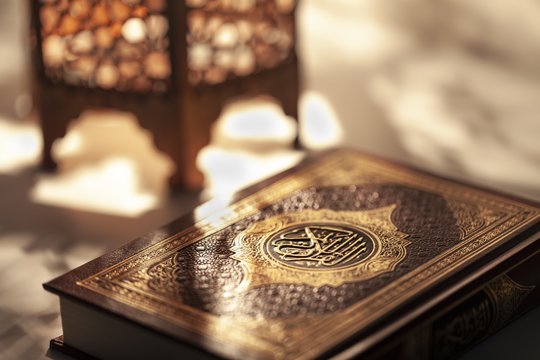Grafting refers to a surgical procedure to move tissue from one site to another on the body, or from another creature, without bringing its own blood supply with it. Instead, a new blood supply grows in after it is placed.
Types
- Autograft : Same Individual
- Isograft: Different Individual of Identical Genetic Constitution
- Allograft: Genetically Non-Identical Individuals of the Same Species.
- Xenograft: Cross Species
Scholarly Opinion
While there is diversity of opinion across the globe, there are geographical and legal school overlays onto each position.
Those opposed to the practice grounds their view in the idea that organ donation threatens human dignity (ḥurma and karāma) and supports this view with statements from the Prophet Muhammad (PBUH). i.e
- “Hurting a believer after he has died is like hurting him while he is alive.”
(Musannaf Ibn Abi Shaybah qtd. in Burhanudeen 212). - “Breaking the bone of a corpse is like breaking his bone while he is alive.” (Abu Dawood Vol. 2, p. 102; Muatta Imam Malik p. 90; Mishkaat Vol. 1, p. 149 qtd. in Burhanudeen 212).
The contingently permissible view is supported by Qur’anic and legal precedents that overrule prohibitions when a dire necessity (ḍarūra) exists. Cases where organ transplant is life-saving, and thereby another person’s donation of an organ is necessary, are held to meet the standard of dire necessity.
Those who support the practice base their position on the idea that a legitimate human public interest (maṣlaḥa), namely duration and quality of life, is furthered by organ donation.
Detailed Analysis on the topic is available in Urdu. Read Online here.

